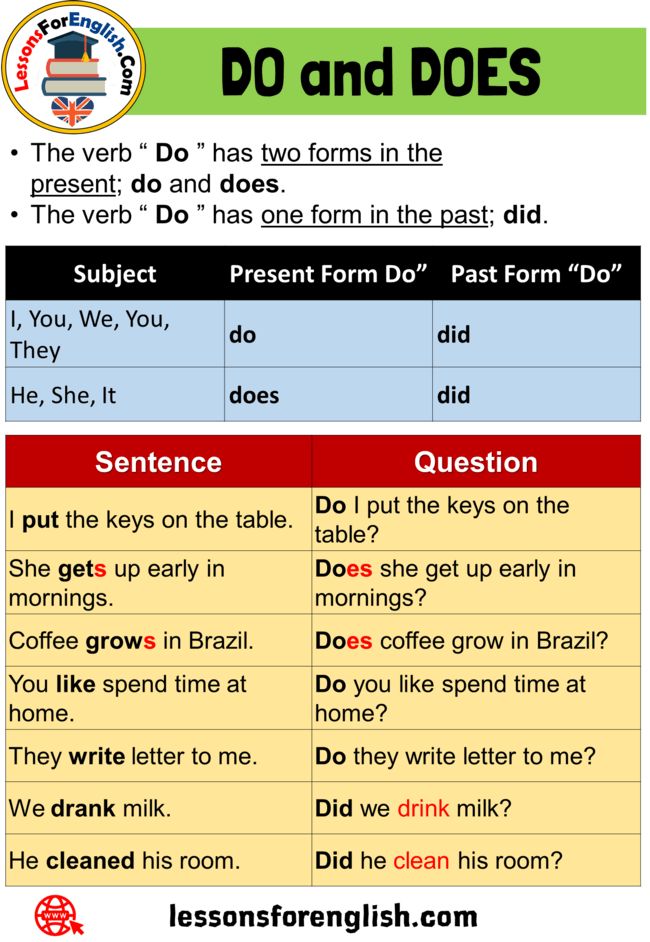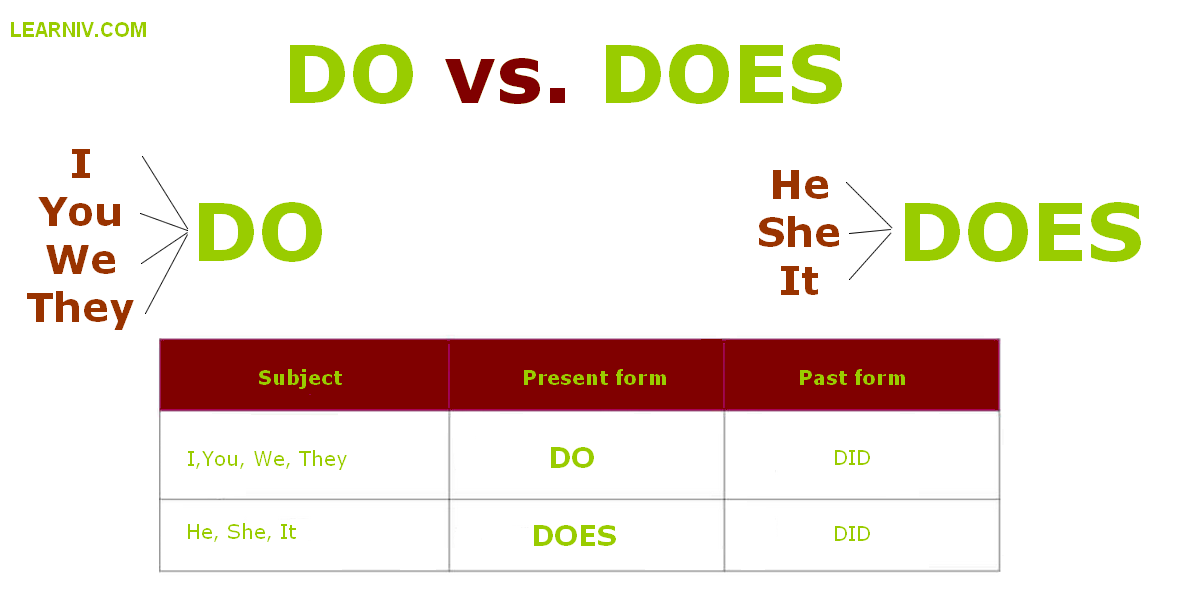Unlocking Success: A Complete Guide to the Elements of the Marketing Mix
Introduction to the Marketing Mix
The marketing mix is the cornerstone of modern marketing strategy, providing a structured approach that enables organizations to satisfy customer needs, differentiate themselves from competitors, and ultimately drive revenue. Originally introduced as the 4 Ps – Product , Price , Place , and Promotion -the framework has evolved to encompass up to 7 Ps for service-based and contemporary businesses, including People , Packaging , and Process [1] . Each element is controllable, meaning marketers can adapt and optimize these factors to achieve strategic objectives and meet shifting market demands [2] .
The 4 Ps of the Marketing Mix
1. Product
The Product refers to the tangible goods or intangible services offered to satisfy customers’ needs. Decision-making around the product involves assessing quality, design, features, branding, packaging, and labeling. For example, an FMCG (Fast-Moving Consumer Goods) company like ITC may offer a wide assortment of food products, each with distinct packaging and branding strategies to attract different market segments [3] .
Branding is a key component-choosing between generic and brand names can influence recognition and perceived quality. Packaging is another critical aspect, involving primary, secondary, and transportation layers to protect the product and convey information. Labeling informs customers about ingredients, usage, expiry, and warnings, impacting purchase confidence and compliance with regulations [3] .
Actionable Guidance:
To optimize your product strategy, conduct customer research to identify unmet needs, invest in distinctive branding, and ensure packaging and labeling meet regulatory standards and customer expectations.
Example:
Coca-Cola’s iconic branding and packaging set it apart from generic soft drinks, helping it dominate global markets.
2. Price
Price is the amount customers pay for the product or service. Pricing strategy directly influences sales volume, profit margins, and brand positioning. Key decisions include setting competitive price points, offering discounts, and designing flexible payment terms. Determining the right price involves analyzing market demand, cost structure, perceived value, and competitor pricing [2] .
Implementation Steps:
- Research competitor prices and market expectations.
- Identify target customer segments and their willingness to pay.
- Test different pricing models (e.g., premium, penetration, bundling) to maximize revenue and appeal.
- Monitor sales data and adjust pricing in response to market changes.
Example:
Apple positions its products at a premium price to reinforce its image as a luxury brand, while discount retailers like Walmart focus on low-price strategies to attract price-sensitive consumers.

Source: pinterest.ph
Potential Challenges: Setting prices too high can drive customers away, while underpricing may erode profits and brand value. Use data-driven analysis and customer feedback to find optimal pricing.
3. Place
Place encompasses the channels and locations where customers can purchase the product. Distribution strategies focus on making products available where and when customers want them, whether through physical stores, online platforms, or hybrid approaches [4] .

Source: chemistrylearner.com
Actionable Steps:
- Identify the most effective sales channels for your target audience (e.g., e-commerce, retail, direct sales).
- Develop partnerships with distributors, wholesalers, or logistics providers to expand reach.
- Utilize technology to streamline inventory management and distribution.
Example:
Nike leverages both flagship stores and online sales to maximize accessibility and customer engagement.
Alternative Approaches: Consider multichannel strategies to reach broader markets, such as combining online sales with brick-and-mortar presence.
4. Promotion
Promotion involves communicating the value and benefits of a product to potential customers. It includes advertising, public relations, sales promotions, and digital marketing efforts. Effective promotion raises awareness, generates leads, and drives conversions [4] .
Step-by-Step Guidance:
- Define clear promotional goals (e.g., increase brand awareness, boost sales).
- Choose appropriate channels (social media, email, events, influencer partnerships).
- Craft compelling messages tailored to your audience.
- Measure campaign performance and adjust strategies as needed.
Example:
Pepsi’s Super Bowl campaigns combine TV advertising with social media engagement to reach millions.
Challenges & Solutions: Overspending on promotion can drain marketing budgets. Prioritize high-ROI channels and continually test new approaches.
The Expanded 7 Ps of Marketing
For service-based businesses and evolving industries, the marketing mix is often expanded to include People , Packaging , and Process [1] .
5. People
People refers to everyone involved in delivering the product or service, from employees to customer service representatives. Their skills, attitude, and communication directly impact customer satisfaction and loyalty.
Practical Steps:
Invest in staff training, foster a customer-centric culture, and gather feedback to improve service quality.
Example:
Ritz-Carlton hotels are renowned for exceptional service due to rigorous staff training and empowerment.
6. Packaging
Packaging is the presentation of the product. It not only protects the product but also influences buying decisions through design, information, and sustainability. Attractive and functional packaging can differentiate a product in crowded markets.
Implementation Guidance:
Experiment with eco-friendly materials, clear labeling, and visually appealing designs that reinforce branding.
Example:
Apple’s minimalist packaging design enhances perceived value and brand prestige.
7. Process
Process covers the procedures and systems for delivering a product or service. Efficient processes ensure consistency, speed, and quality, impacting customer experience and operational costs.
Actionable Steps:
Map out customer journeys, automate repetitive tasks, and use technology to streamline workflows.
Example:
Amazon’s advanced logistics processes enable rapid order fulfillment and customer satisfaction.
Accessing Services and Opportunities Through the Marketing Mix
Implementing the marketing mix involves research, planning, and ongoing measurement. To access opportunities and optimize each element:
- Conduct market analysis to identify gaps and customer preferences.
- Develop prototypes and test pricing strategies through surveys or pilot launches.
- Build partnerships with distributors, retailers, or e-commerce platforms.
- Design multichannel promotional campaigns and track performance using analytics tools.
- Invest in staff training and process optimization.
If you need further guidance, consult established industry resources such as the American Marketing Association, business case studies, or specialized training programs. For regulatory topics (like product labeling or pricing compliance), visit the Federal Trade Commission’s official website or search for “FTC marketing regulations.” For market research and data, review reports from Nielsen or Gartner, available through their verified company websites.
Key Takeaways
The marketing mix is a dynamic, comprehensive framework for crafting effective marketing strategies. By mastering each element-Product, Price, Place, Promotion, and the extended Ps-businesses can create differentiated offerings, meet customer needs, and achieve sustainable growth. Regularly review and adapt your marketing mix to stay ahead of market changes and evolving customer expectations.
References
MORE FROM todayhiring.us













